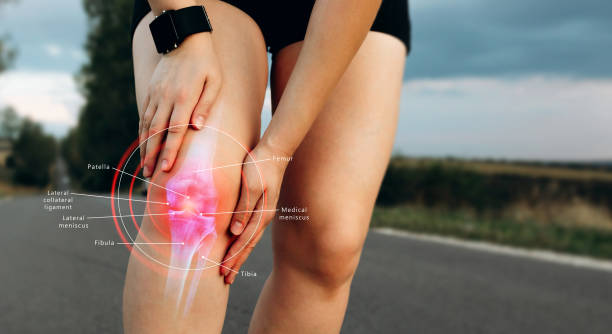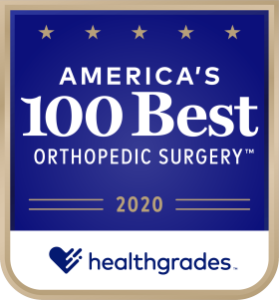 The meniscus is a C-shaped piece of cartilage which acts as a cushion between the thigh bone (femur) and the shin bone (tibia). A torn meniscus is one of the most common knee injuries, especially for athletes in contact sports where the knee may be twisted while bent. Recognizing the signs of a meniscus tear is crucial for patients seeking medical care to ensure prompt diagnosis and treatment. Here are three telltale signs to watch for when considering the possibility of a meniscus tear:
The meniscus is a C-shaped piece of cartilage which acts as a cushion between the thigh bone (femur) and the shin bone (tibia). A torn meniscus is one of the most common knee injuries, especially for athletes in contact sports where the knee may be twisted while bent. Recognizing the signs of a meniscus tear is crucial for patients seeking medical care to ensure prompt diagnosis and treatment. Here are three telltale signs to watch for when considering the possibility of a meniscus tear:
- Pain and Tenderness: One of the most obvious symptoms of a meniscus tear is pain around the affected knee. This pain may vary depending on the severity of the potential tear, with some individuals experiencing a sharp pain along with a popping sensation at the time of injury and others feeling a dull ache which worsens over time. The pain is generally worse when performing activities that involve bending or twisting the knee and the area may be tender to the touch. If you are experiencing knee pain, pay attention to the nature and intensity of the pain as any injury in which the pain is excruciating or gets worse over time should be brought to a doctor, even if it may not be a meniscus tear.
 Swelling and Stiffness: Swelling is another common symptom of knee injuries, including meniscus tears. When there is a knee injury like a meniscus tear, the body naturally responds by filling the area with fluid in the joint, causing visible swelling and a feeling of stiffness. This swelling may be accompanied by feelings of warmth or redness around the knee. If you are noticing persistent or considerable swelling of the knee, especially with associated pain, consult a doctor as soon as possible to determine the underlying cause and appropriate treatment. Even if the condition is not a meniscus tear, these are signs of a persistent and serious injury or condition which should be professionally evaluated.
Swelling and Stiffness: Swelling is another common symptom of knee injuries, including meniscus tears. When there is a knee injury like a meniscus tear, the body naturally responds by filling the area with fluid in the joint, causing visible swelling and a feeling of stiffness. This swelling may be accompanied by feelings of warmth or redness around the knee. If you are noticing persistent or considerable swelling of the knee, especially with associated pain, consult a doctor as soon as possible to determine the underlying cause and appropriate treatment. Even if the condition is not a meniscus tear, these are signs of a persistent and serious injury or condition which should be professionally evaluated.- Limited Range of Motion: After a meniscus tear, it can be very difficult to fully bend or extend the knee. A good way to test this is to lay down and move the affected knee and your other knee side-by-side to see how their range of motion may differ. Individuals may also experience a “catching” or “locking” sensation when moving the knee, which feels like a sharp shift in the middle of motion and is the result of the interference of torn meniscus fragments between the joint surfaces.
Great Lakes Orthopaedics
Recognizing the signs of a meniscus tear is essential for timely treatment. If you think you may have a torn meniscus, or if you have other signs of persistent and painful knee pain, request an appointment to be seen by one of our highly-trained professionals to treat you as soon as possible.
This web site is provided for educational and informational purposes only and does not constitute providing medical advice or professional services. The information provided should not be used for diagnosing or treating a health problem or disease, and those seeking personal medical advice should consult with a licensed physician. Always seek the advice of your doctor or other qualified health provider regarding a medical condition. Never disregard professional medical advice or delay in seeking it because of something you have read on Greatlakeso.com website. If you think you may have a medical emergency, call 911 or go to the nearest emergency room immediately. No physician-patient relationship is created by this web site or its use. Neither the University nor its employees, nor any contributor to this web site, makes any representations, express or implied, with respect to the information provided herein or to its use.




